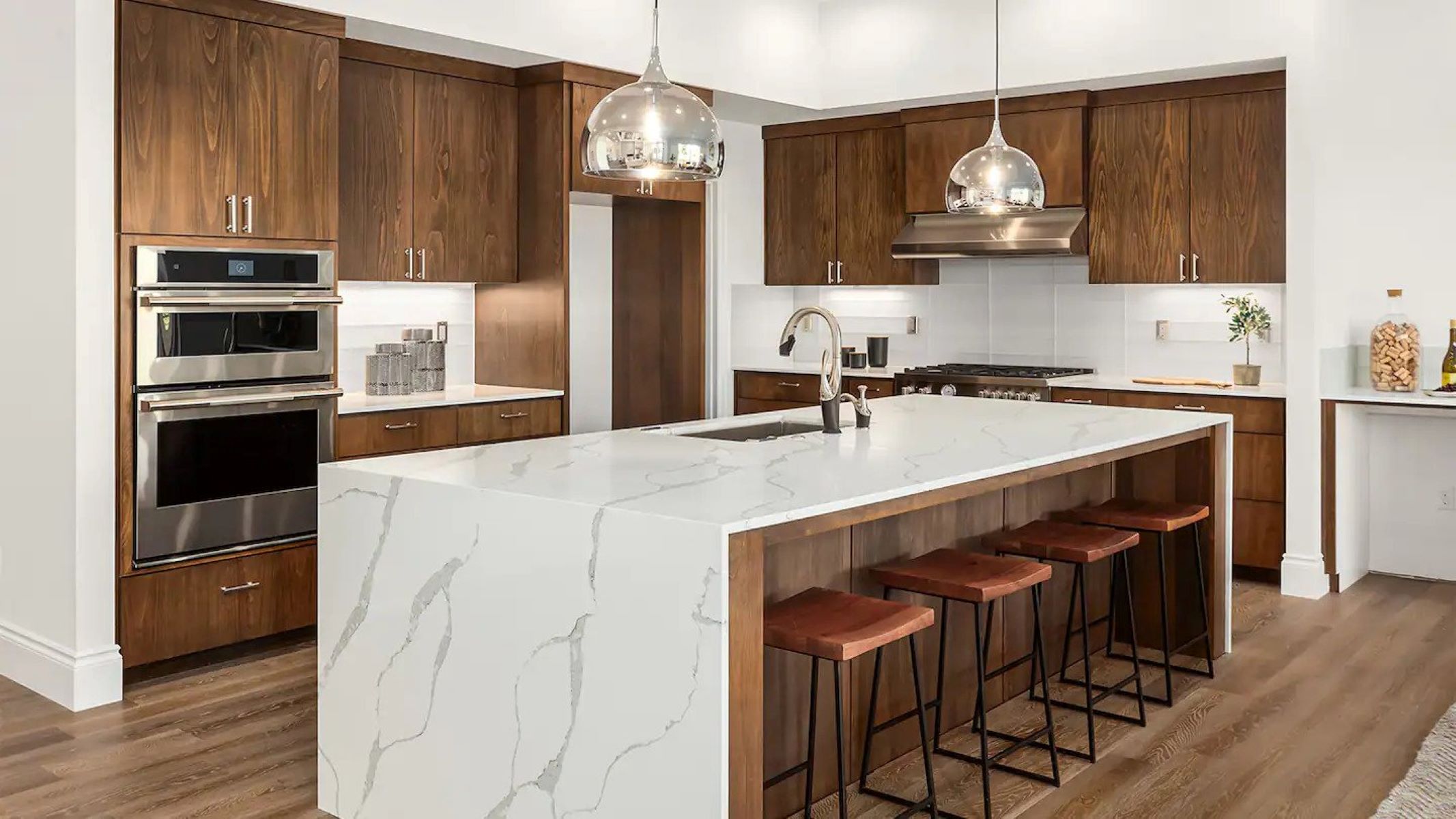

Articles
What Are Waterfall Countertops
Modified: October 20, 2024
Discover the beauty and luxury of waterfall countertops with our informative articles. Learn more about this trending design feature and how it can elevate your kitchen or bathroom.
(Many of the links in this article redirect to a specific reviewed product. Your purchase of these products through affiliate links helps to generate commission for Storables.com, at no extra cost. Learn more)
Introduction
When it comes to home design and renovation, countertops play a significant role in both functionality and aesthetics. Over the years, various countertop styles have emerged to cater to different design preferences. One such style that has gained popularity in recent years is the waterfall countertop.
Waterfall countertops offer a unique and contemporary look that can elevate the visual appeal of any space. The name “waterfall” comes from the seamless vertical flow of the countertop material, cascading down the sides of the cabinets or island to the floor. This design creates a sleek and uninterrupted surface that can make a bold statement in any kitchen or bathroom.
In this article, we will explore the concept of waterfall countertops, their construction methods, advantages and disadvantages, popular materials used, design ideas, cost considerations, and maintenance tips.
Key Takeaways:
- Waterfall countertops offer a sleek and modern aesthetic, enhancing the visual appeal of any space while providing practical benefits such as increased durability, functionality, and a unique focal point.
- While waterfall countertops bring elegance and style to a home, it’s essential to consider factors like cost, installation complexity, and maintenance requirements. Thorough research and professional consultation are crucial for informed decision-making.
Read more: How To Make Glass Waterfall
Definition of Waterfall Countertops
Waterfall countertops, also known as cascading countertops, are a style of countertop design where the material used for the countertop extends vertically down the sides of the cabinets or island, creating a continuous flow or “waterfall” effect. Unlike traditional countertops that end at the edge of the cabinet, waterfall countertops extend to the floor, providing a seamless and visually striking look.
The design of waterfall countertops can vary, but the most common approach is to have the material wrap around the vertical edges of the cabinets or island, creating a sleek and cohesive appearance. This design choice adds depth and dimension to the overall aesthetic, making the countertop look like a work of art.
Waterfall countertops can be incorporated into various areas of the home, including kitchens, bathrooms, or even as a statement piece in a living room or bar area. They are often used in modern and contemporary interior design styles, as they offer a clean and minimalist look.
The choice of materials for waterfall countertops is diverse, ranging from natural stone like granite or marble to engineered quartz, concrete, wood, and even glass. The material selection depends on personal preference, budget, and the overall design concept of the space.
Overall, waterfall countertops are an elegant and visually striking design feature that can instantly transform the look and feel of a room. Their seamless and continuous flow creates a sense of harmony and functionality, making them a popular choice for homeowners and interior designers alike.
How Waterfall Countertops Are Constructed
The construction of waterfall countertops requires careful planning and precise execution to achieve a seamless and visually appealing result. Here is a general overview of the construction process:
- Measurements and Template Creation: The first step is to take accurate measurements of the cabinets or island where the waterfall countertop will be installed. These measurements are then used to create a template, which serves as a guide for cutting and shaping the countertop material.
- Cutting the Countertop Material: Once the template is ready, the chosen countertop material is carefully cut to the required dimensions. It is essential to ensure precise cuts for a seamless fit and a uniform “waterfall” effect.
- Seam and Edge Treatment: If the countertop material requires multiple pieces to achieve the desired length or shape, seams may be necessary. These seams are carefully joined and treated to create a seamless look. The edges of the countertop are also treated and finished to achieve a smooth and polished appearance.
- Installation: The countertop is then installed on the cabinets or island. The vertical edges are carefully aligned and secured to create the waterfall effect. Proper support and reinforcement are essential to ensure the stability and longevity of the countertop.
- Finishing Touches: Once the installation is complete, any visible seams are filled and sealed to create a seamless appearance. The countertop is then cleaned, polished, and inspected to ensure it meets the desired aesthetic and quality standards.
It is important to note that the construction process may vary depending on the chosen materials and specific design requirements. Professional installation is recommended to ensure proper execution and to achieve the desired result.
Working with a skilled contractor or countertop fabricator is crucial to ensure the measurements, cutting, and installation are done accurately. Their expertise and experience can help overcome any challenges and ensure that the waterfall countertop is constructed with precision and attention to detail.
Advantages of Waterfall Countertops
Waterfall countertops offer numerous advantages that make them a popular choice among homeowners and interior designers. Here are some of the key advantages of waterfall countertops:
- Stylish and Modern Look: One of the primary advantages of waterfall countertops is their ability to add a sleek and contemporary touch to any space. The seamless flow of the countertop material down the sides of the cabinets or island creates a visually striking statement piece, elevating the overall aesthetic of the room.
- Enhanced Visual Appeal: Waterfall countertops create a cohesive and visually appealing look by extending the countertop material to the floor. This continuous design element adds depth and dimension to the space, creating a more dynamic and interesting visual impact.
- Increased Durability: Since waterfall countertops wrap the countertop material around the edges and provide additional support to the cabinets or island, they offer increased durability. The vertical flow of the material helps protect the cabinet edges from damage, such as chipping or cracking.
- Improved Functionality: Waterfall countertops not only contribute to the aesthetics but also serve a functional purpose. The extended vertical sides of the countertop can double as convenient storage or display space for items such as cookbooks, decorative accessories, or kitchen utensils.
- Easy to Clean: The seamless design of waterfall countertops makes them easy to clean and maintain. There are no crevices or corners for dirt and grime to accumulate, allowing for quick and efficient cleaning with just a damp cloth or mild cleaning solution.
- Versatility in Design: Waterfall countertops can be customized to suit various design preferences and styles. They can be crafted from a wide range of materials, including natural stone, engineered quartz, wood, concrete, and more. This versatility allows homeowners to choose a material that complements their overall design scheme.
- Increase Resale Value: Investing in a waterfall countertop can significantly enhance the resale value of your home. The unique and high-end look of waterfall countertops appeals to potential buyers and can make your property stand out in the real estate market.
Overall, waterfall countertops offer a combination of style, functionality, and durability. Their seamless and modern design can transform any space into a sophisticated and visually appealing area.
Disadvantages of Waterfall Countertops
While waterfall countertops offer numerous advantages, it is important to consider some potential disadvantages before incorporating them into your home design. Here are a few drawbacks to keep in mind:
- Higher Cost: Waterfall countertops can be more expensive compared to traditional countertop styles. The additional material required for the vertical flow, as well as the precise construction and installation process, can contribute to higher costs.
- Complex Installation: Installing a waterfall countertop requires skill and expertise. It is crucial to hire a professional contractor or countertop fabricator who has experience with this specific design style. Improper installation can result in stability issues or an unsuccessful aesthetic outcome.
- Limited Accessibility: Waterfall countertops can restrict access to the lower cabinets or storage areas beneath the countertop. This can make it slightly more challenging to reach items stored in these areas, especially for individuals with mobility limitations.
- Less Flexibility in Design: The continuous flow of the countertop material in waterfall countertops may limit design flexibility. Adding or modifying the cabinetry or island layout in the future could require altering or replacing the entire countertop, which can be costly and time-consuming.
- Potential for Visible Seams: Depending on the chosen material and the dimensions of the countertop, seams may be necessary to achieve the desired length or shape. While efforts can be made to minimize their visibility, in some cases, seams may still be noticeable, affecting the overall aesthetic.
- Requires Regular Maintenance: Like any other countertop surface, waterfall countertops require regular maintenance to keep them looking their best. Depending on the material used, they may need periodic sealing, polishing, or special care instructions to maintain their appearance and durability.
Despite these potential drawbacks, many homeowners find that the benefits and aesthetic appeal of waterfall countertops outweigh the disadvantages. By considering your specific needs, budget, and design preferences, you can make an informed decision on whether a waterfall countertop is the right choice for your home.
When choosing a material for a waterfall countertop, consider the durability and maintenance requirements of options like marble, granite, quartz, or concrete.
Read more: How To Build A Patio Waterfall
Popular Materials for Waterfall Countertops
Waterfall countertops can be crafted from a variety of materials, each offering a unique combination of aesthetics, durability, and maintenance requirements. Here are some popular materials used for waterfall countertops:
- Granite: Granite is a natural stone that is known for its durability and rich, unique patterns. It can add a touch of elegance to any space and is available in a wide range of colors and finishes.
- Marble: Marble is another natural stone that exudes luxury and sophistication. It has a timeless appeal and offers stunning veins and swirls in various shades. However, it is a more porous material, requiring regular sealing and cautious maintenance.
- Quartz: Engineered quartz is a popular choice for waterfall countertops due to its durability and low maintenance. It is a non-porous material, resistant to staining and bacteria growth. Quartz countertops are available in a wide range of colors, patterns, and finishes.
- Concrete: Concrete countertops provide a modern and industrial aesthetic. They can be customized with different colors, textures, and finishes, and are known for their durability. However, they require regular sealing to prevent staining and scratching.
- Wood: Wooden waterfall countertops offer a warm and natural look, adding a touch of rustic charm. Common wood choices include walnut, oak, and teak. Wood requires regular maintenance, such as sealing and oiling, to keep it protected and looking its best.
- Glass: Glass countertops create a sleek and contemporary look. They are available in various colors and can be customized with textures or patterns. Glass is easy to clean and maintain and can be paired with LED lighting for a stunning effect.
- Porcelain: Porcelain countertops offer a durable and stain-resistant surface. They mimic the look of natural stone, including marble and granite, but are more resistant to chipping and scratching. Porcelain is available in a wide range of colors and finishes.
Each material has its own unique characteristics and considerations, so it is important to thoroughly research and choose a material that suits your personal style, budget, and maintenance preferences.
Working with a professional countertop fabricator or designer can provide valuable insights into the suitability of different materials for your specific needs and the overall design of your space.
How to Incorporate Waterfall Countertops in Your Home Design
Waterfall countertops can be a stunning addition to any home, enhancing the overall design and creating a visual centerpiece. Here are some tips to help you incorporate waterfall countertops into your home design:
- Choose the Right Material: Consider the overall design style and aesthetic of your space when selecting the material for your waterfall countertop. Opt for a material that complements the existing elements, such as cabinetry, flooring, and backsplash, while also reflecting your personal style.
- Coordinate Colors and Finishes: Ensure that the color and finish of the waterfall countertop harmonize with the surrounding elements. Consider the undertones and overall color palette of the room to create a cohesive and balanced look.
- Balance with Other Design Elements: Waterfall countertops make a bold statement, so it’s important to create a balanced composition. For example, pair a waterfall countertop with minimalistic cabinetry or use it as a focal point against a backdrop of neutral tones.
- Consider Contrasting Materials: If you want to create visual interest, consider using contrasting materials between the waterfall countertop and the surrounding surfaces. This can create a striking visual effect and add depth to the design.
- Extend the Waterfall Effect: To maximize the impact of the waterfall countertop, consider extending the same material to other areas of the room. For example, you can continue the material vertically as a backsplash or use it for floating shelves or accent pieces.
- Integrate Lighting: Lighting can enhance the aesthetic appeal of your waterfall countertop. Consider incorporating LED lighting strips under the overhang or strategically place pendant lights above the countertop to highlight its beauty and create a dramatic effect.
- Combine with Different Textures: Add depth and interest to your space by combining different textures. For example, pair a sleek waterfall countertop with textured tiles or a rough-textured backsplash to create a captivating contrast.
- Blend Indoor and Outdoor Spaces: Extend the use of waterfall countertops to outdoor spaces such as patios or outdoor kitchens. This creates a seamless connection between indoor and outdoor areas, enhancing the flow and continuity of your design.
Remember, it’s essential to collaborate with professionals, such as designers or contractors, who can provide expert guidance and suggestions based on your specific space and design goals. They have the experience and knowledge to help you create a cohesive and functional design incorporating waterfall countertops.
Cost of Waterfall Countertops
Waterfall countertops can vary significantly in cost depending on several factors, such as the material chosen, the size of the countertop, the complexity of the design, and the region you are located in. Here are some cost considerations to keep in mind:
- Material Cost: The material used for the waterfall countertop will be a significant factor in the overall cost. Natural stone materials like granite and marble generally tend to be more expensive compared to engineered quartz, concrete, or wood.
- Countertop Size and Thickness: The size and thickness of the countertop will also impact the cost. Larger countertops or ones that require custom shapes or unusual dimensions may require more material and labor, resulting in higher costs.
- Complexity of Design: If the waterfall countertop design involves intricate cuts, curves, or multiple angles, it may require additional labor and expertise to execute. This can increase the overall cost of the project.
- Installation Charges: The installation process for waterfall countertops requires precision and expertise. It is recommended to hire a professional contractor or countertop fabricator for proper installation, which will incur additional labor costs.
- Location: The cost of materials and labor can vary based on your geographical location. Areas with a higher cost of living or limited availability of certain materials can impact the overall cost of the waterfall countertop project.
- Additional Features: Additional features or customizations, such as integrated sink or cooktop cutouts, edge treatments, or unique finishes, can increase the cost of the waterfall countertop.
As a rough estimate, waterfall countertops can range in price from $100 to $300 per square foot, depending on the factors mentioned above. It is essential to obtain quotes from reliable countertop fabricators or contractors to get a more accurate cost assessment for your specific project.
Remember to also budget for any additional expenses, such as demolition of existing countertops, plumbing or electrical work if needed, and any modifications required to accommodate the waterfall countertop installation.
While waterfall countertops may come with a higher upfront cost compared to traditional countertop styles, many homeowners find that their unique and elegant look, along with the added value they bring to the home, make them a worthwhile investment.
Maintenance and Cleaning Tips for Waterfall Countertops
Proper maintenance and regular cleaning are important for preserving the beauty and longevity of your waterfall countertops. Here are some helpful tips to keep them looking their best:
- Sealing: Depending on the material used for your waterfall countertop, it may require periodic sealing to protect it from stains, scratches, and moisture. Follow the manufacturer’s recommendations for sealing frequency and use a high-quality sealer suitable for the specific material.
- Cleaning: For day-to-day cleaning, use a mild soap or pH-neutral cleaner and warm water. Avoid using abrasive or acidic cleaners that can damage the surface of the countertop. Wipe spills promptly to prevent staining.
- Avoid Harsh Chemicals: Steer clear of harsh chemicals, such as bleach or ammonia-based cleaners, as they can damage the finish and discolor the countertop material. Opt for gentle, non-abrasive cleaners specifically formulated for your countertop material.
- Protect from Heat and Impact: While many countertop materials are heat-resistant, it is still advised to use trivets or hot pads when placing hot pans or dishes on the countertop to prevent any potential damage. Additionally, avoid dropping heavy objects onto the countertop to prevent cracks or chips.
- Prevent Scratches: Use cutting boards or chopping blocks when preparing food on the waterfall countertop to prevent scratches. Avoid dragging or sliding heavy or sharp objects across the surface.
- Regular Maintenance: Periodically check the countertop for signs of wear or damage. Look for any stains, chips, or cracks and address them promptly to prevent further issues. Follow any specific maintenance recommendations provided by the countertop manufacturer.
- Avoid Excessive Weight: While waterfall countertops are designed to be durable, avoid placing excessive weight or sitting on the edges of the countertop to prevent any stress or potential damage.
- Consult Manufacturer Guidelines: Each countertop material may have specific care and maintenance instructions provided by the manufacturer. Refer to these guidelines to ensure you are properly maintaining your waterfall countertop.
Implementing proper maintenance practices and cleaning habits will help preserve the beauty and durability of your waterfall countertop for years to come. Regular maintenance will also contribute to maintaining the value of your investment.
If you have any concerns or encounter difficult stains or damage, it is recommended to consult a professional or reach out to the manufacturer for expert advice.
Read more: What Are Countertops Made Of
Conclusion
Waterfall countertops are a stylish and contemporary design choice that can elevate the look and feel of any space. With their seamless flow and visually striking appearance, these countertops not only add a touch of luxury but also offer practical benefits.
Throughout this article, we have explored the definition of waterfall countertops, the construction process involved, as well as their advantages and disadvantages. We also discussed popular materials for waterfall countertops and provided tips on how to incorporate them into your home design effectively.
Waterfall countertops provide a sleek and modern aesthetic that can enhance the visual appeal of kitchens, bathrooms, and other areas of the home. They offer durability, functionality, and a unique focal point that can make a significant impact on the overall design of a space.
However, it is important to consider factors such as cost, complexity of installation, and maintenance requirements before choosing waterfall countertops. It is recommended to consult with professionals and do thorough research to make informed decisions that align with your style preferences, budget, and practical needs.
By properly maintaining and cleaning your waterfall countertops, you can preserve their beauty and extend their lifespan. Following manufacturer guidelines, using appropriate cleaning products, and taking precautions to prevent damage can ensure that your waterfall countertops remain in pristine condition for years to come.
In conclusion, waterfall countertops provide a stunning and contemporary design element that can transform any space. With their seamless flow, versatile material options, and ability to add depth and dimension to a room, waterfall countertops are an excellent choice for those looking to make a bold statement and create a visually captivating environment.
Ready to take your kitchen's style up a notch? Dive into our article on luxury kitchens to discover top-end designs that scream sophistication. If you're itching for smoother functionality and smarter storage, our kitchen design tips from a seasoned designer are just what you need. Don't stop there! Stay ahead of the curve by checking out interior design trends that are shaping spaces in 2024. Each read offers unique insights and practical advice to transform your home beautifully.
Frequently Asked Questions about What Are Waterfall Countertops
Was this page helpful?
At Storables.com, we guarantee accurate and reliable information. Our content, validated by Expert Board Contributors, is crafted following stringent Editorial Policies. We're committed to providing you with well-researched, expert-backed insights for all your informational needs.
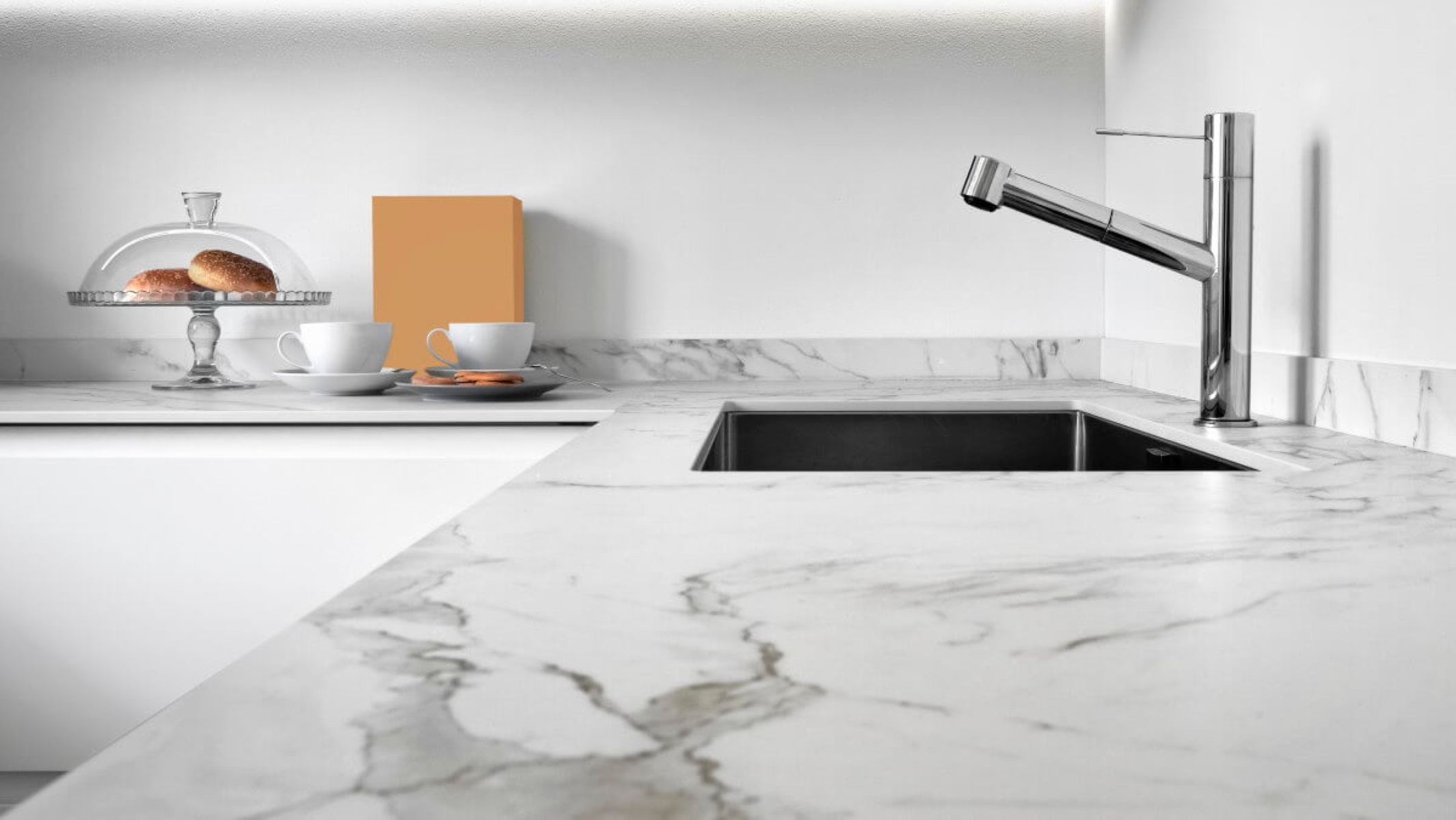
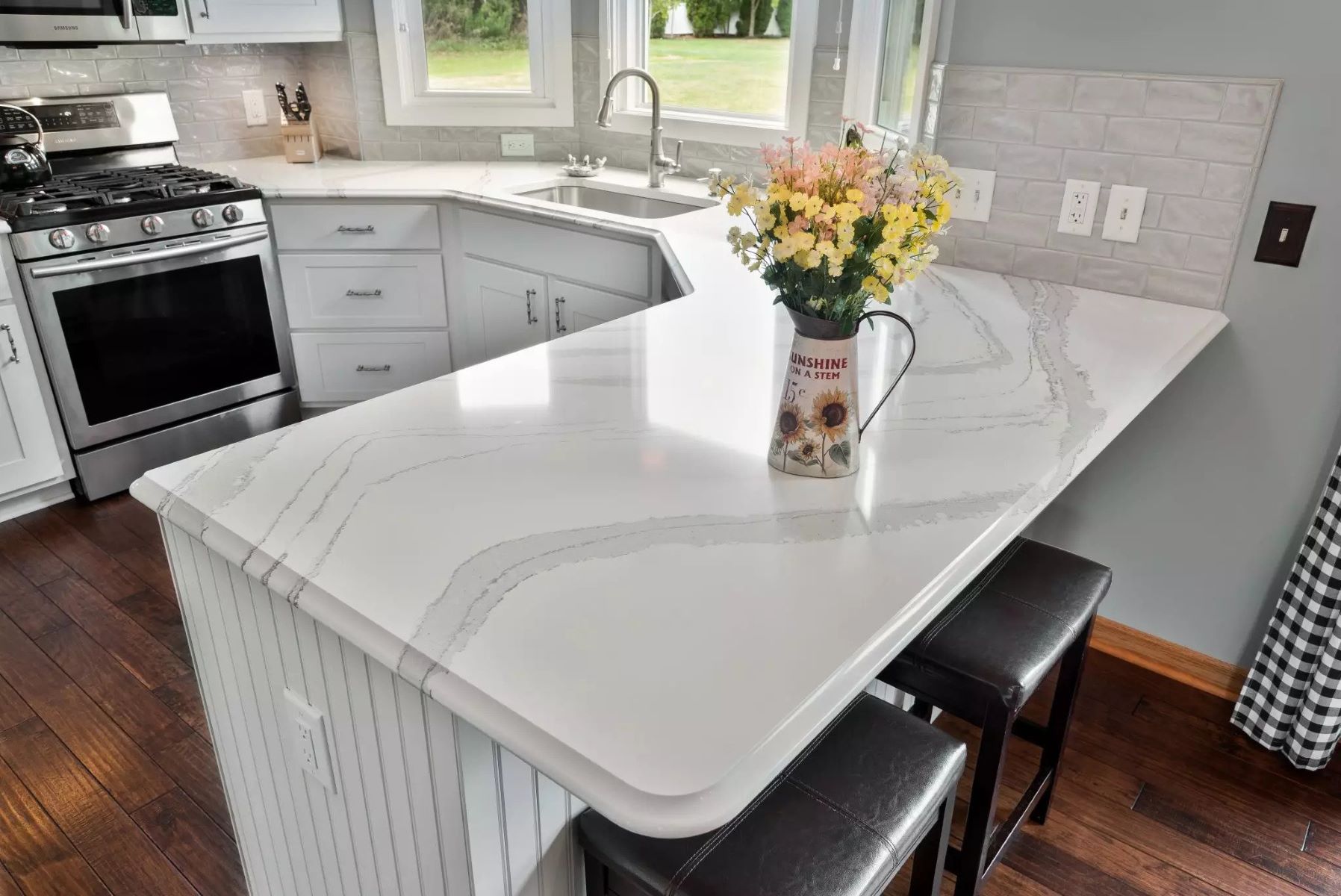
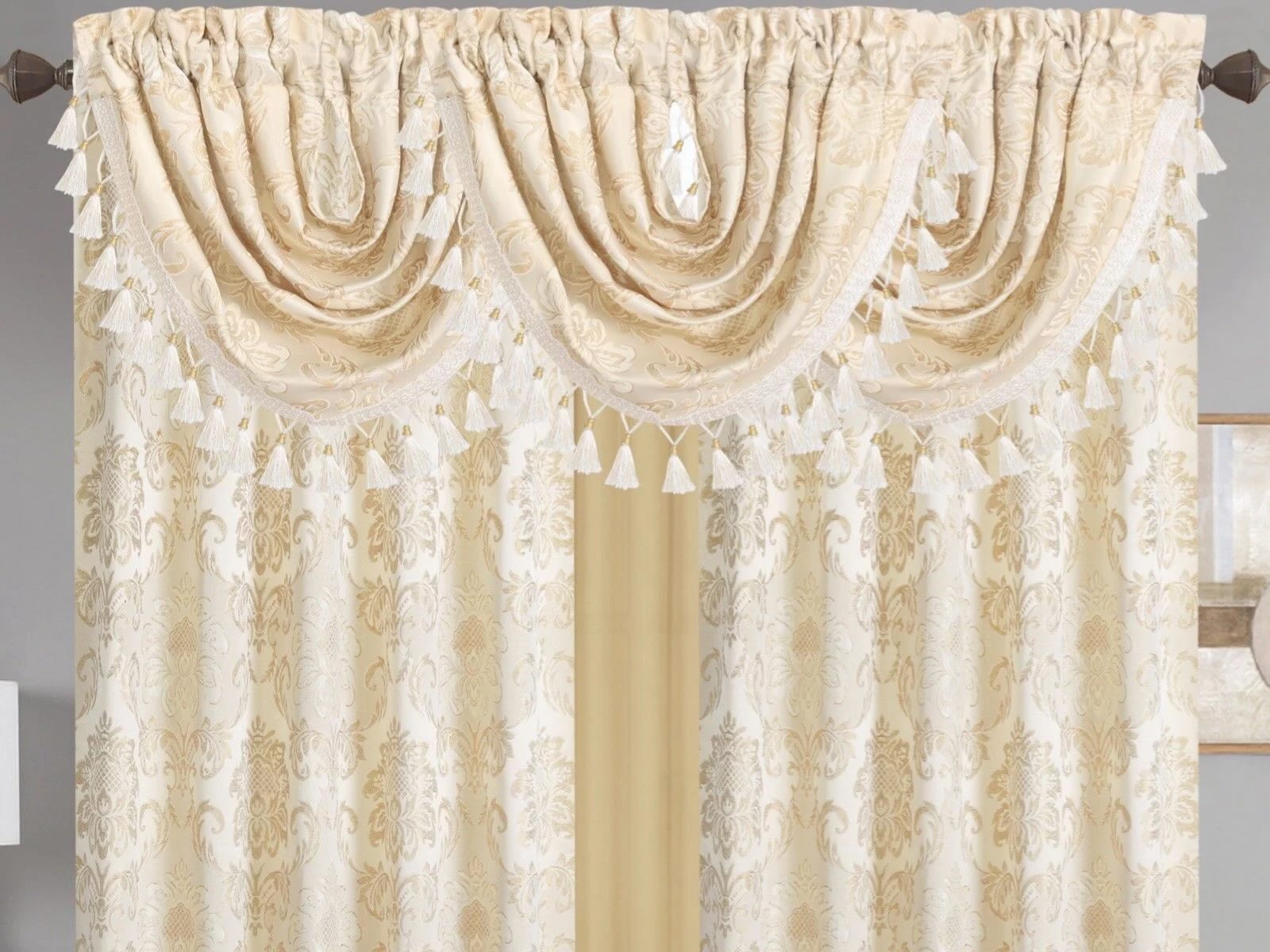
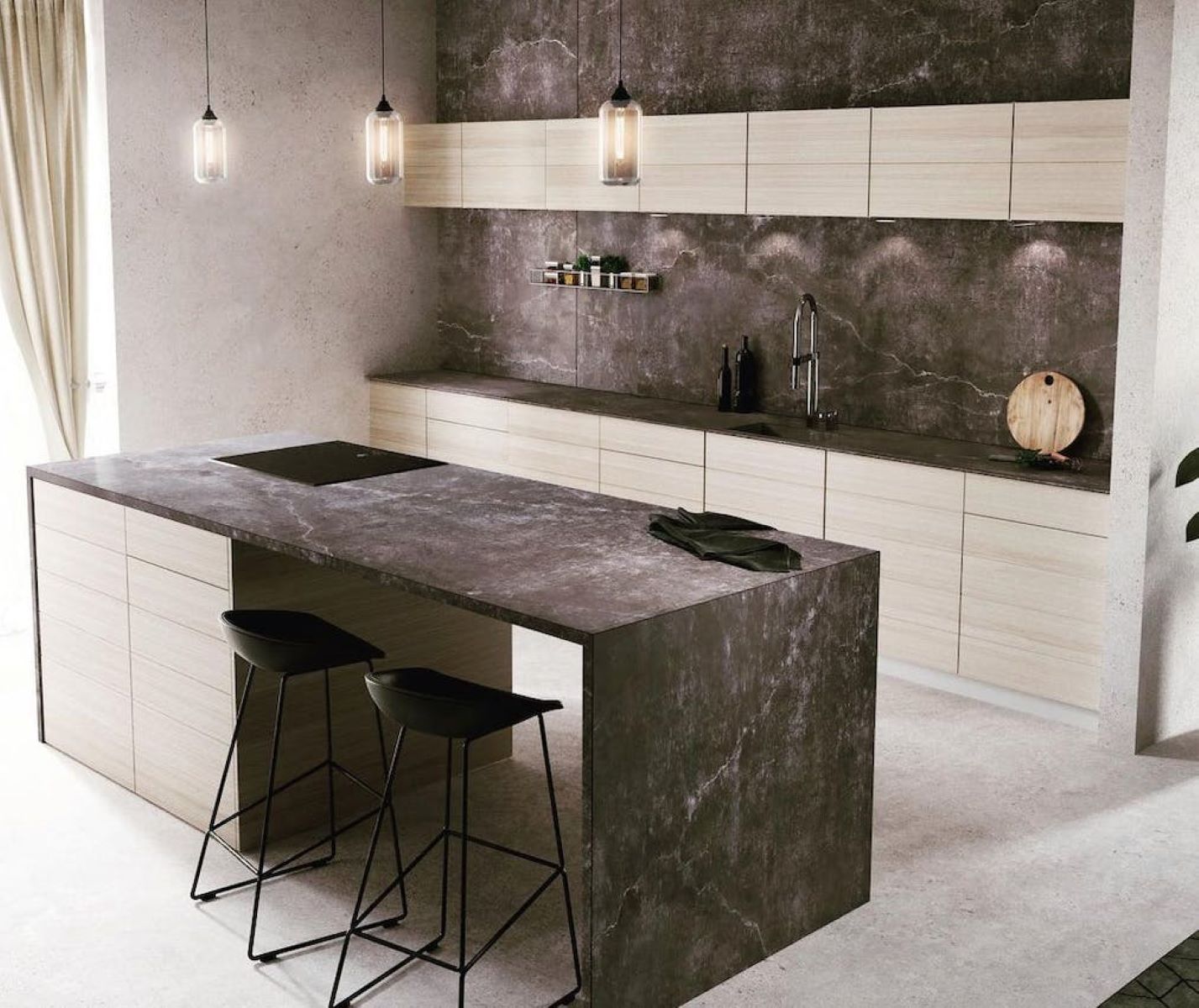
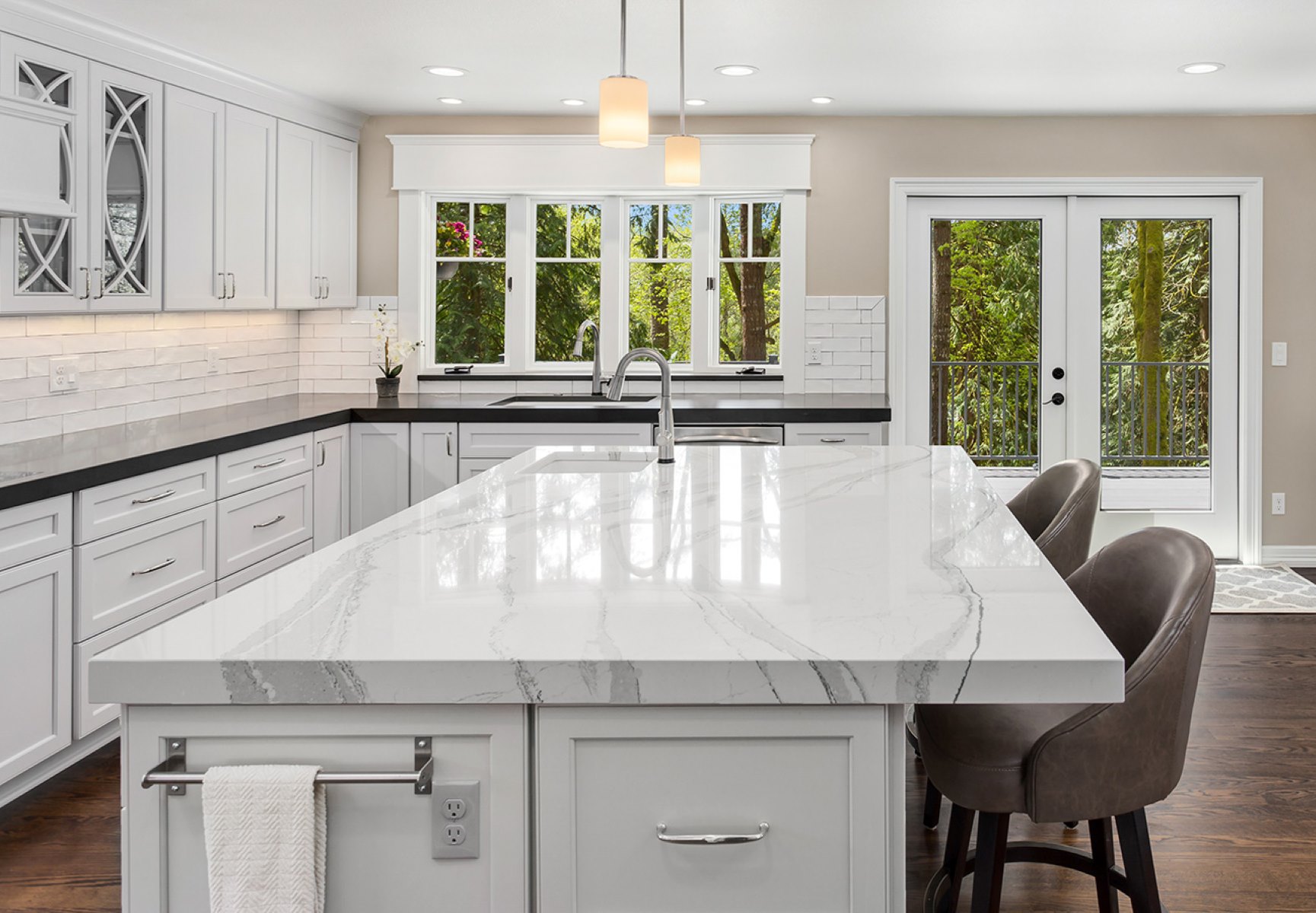
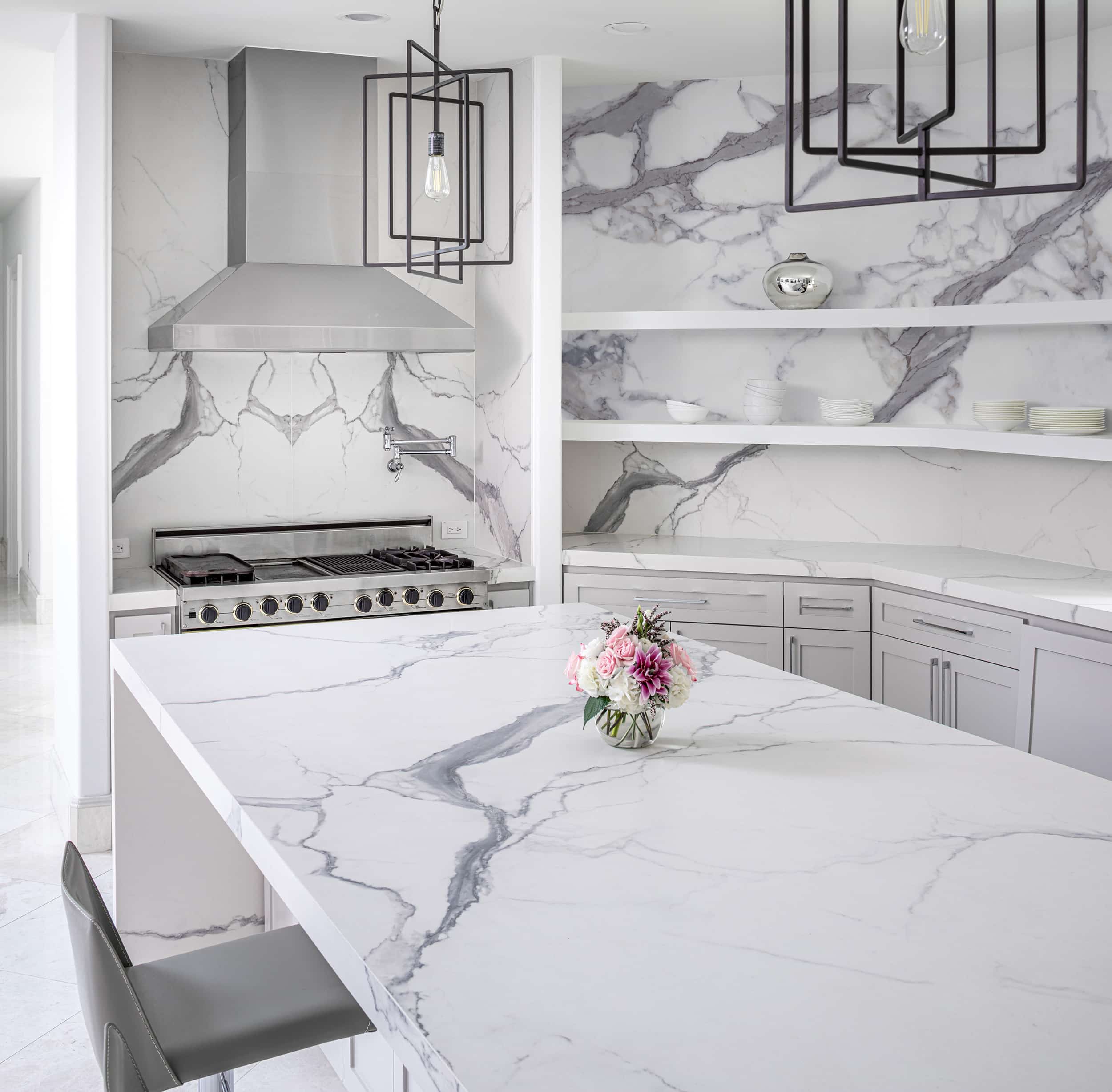
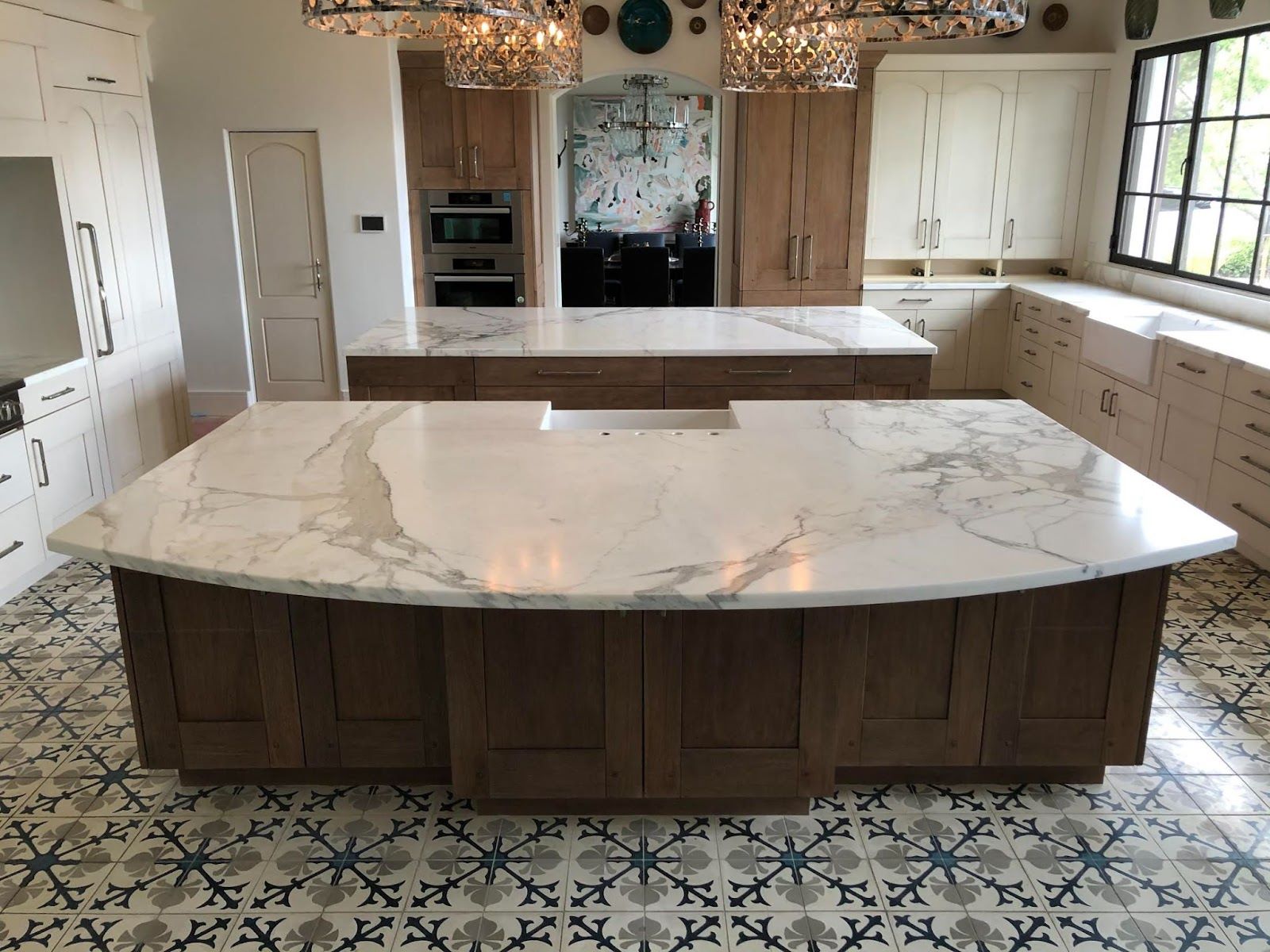
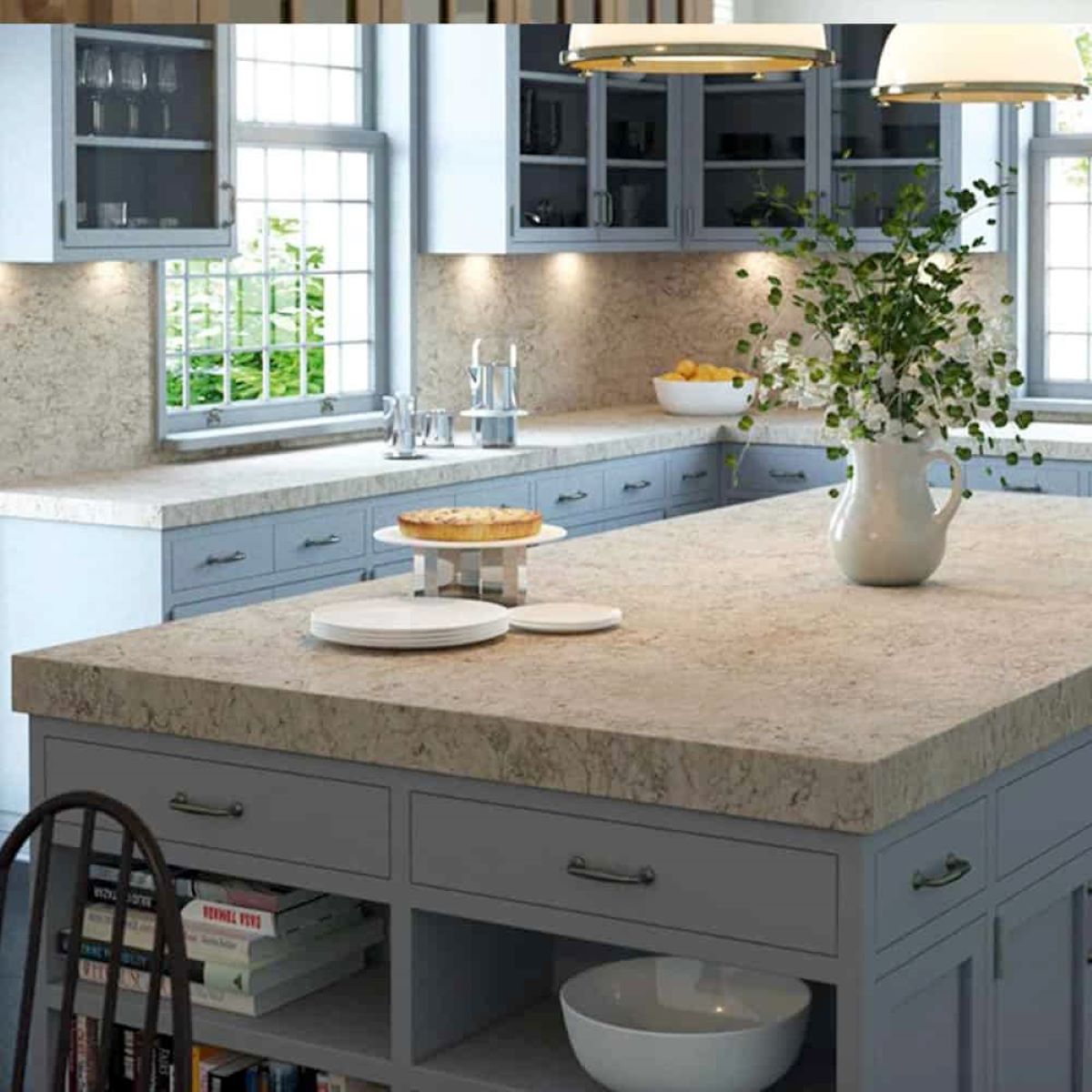
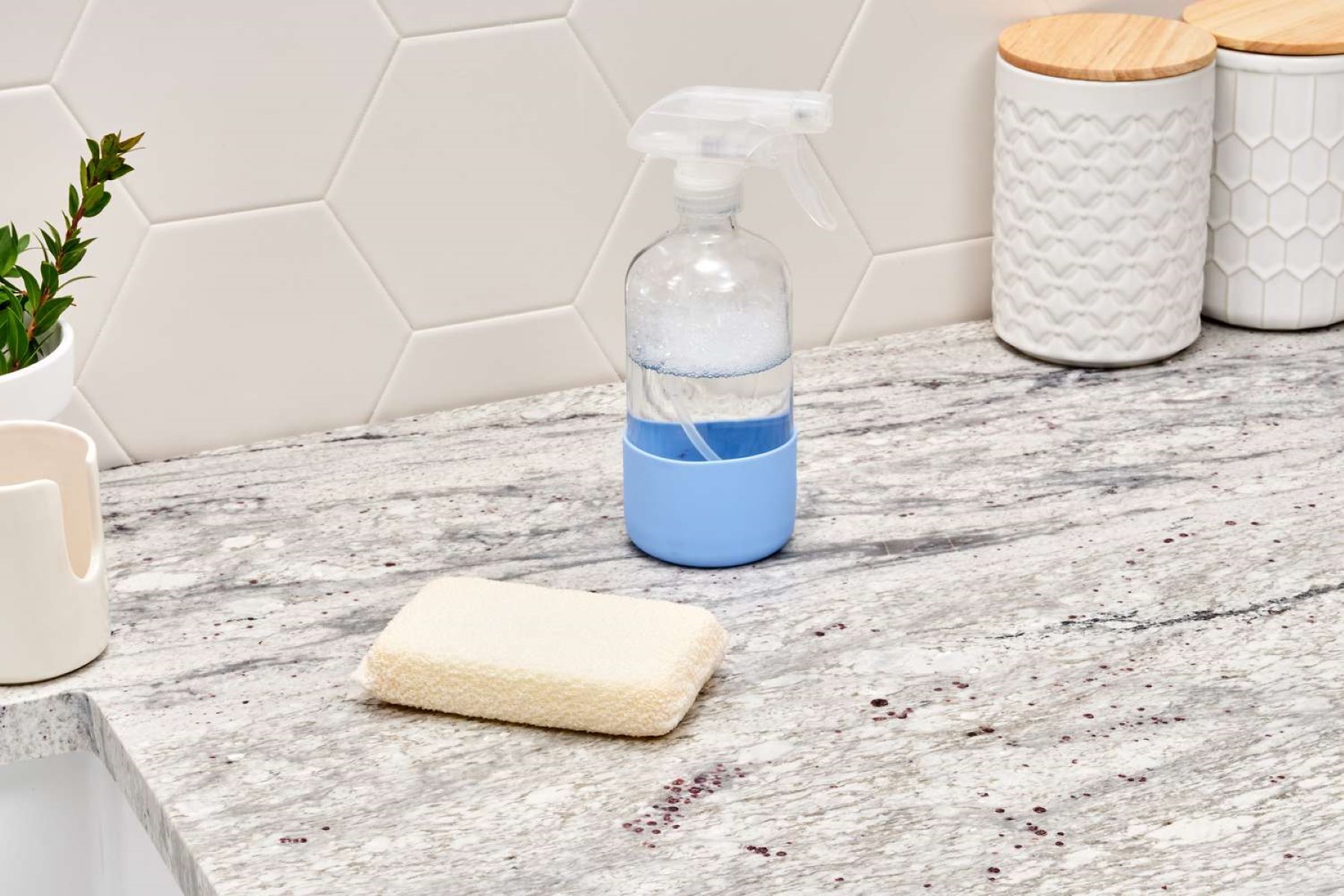
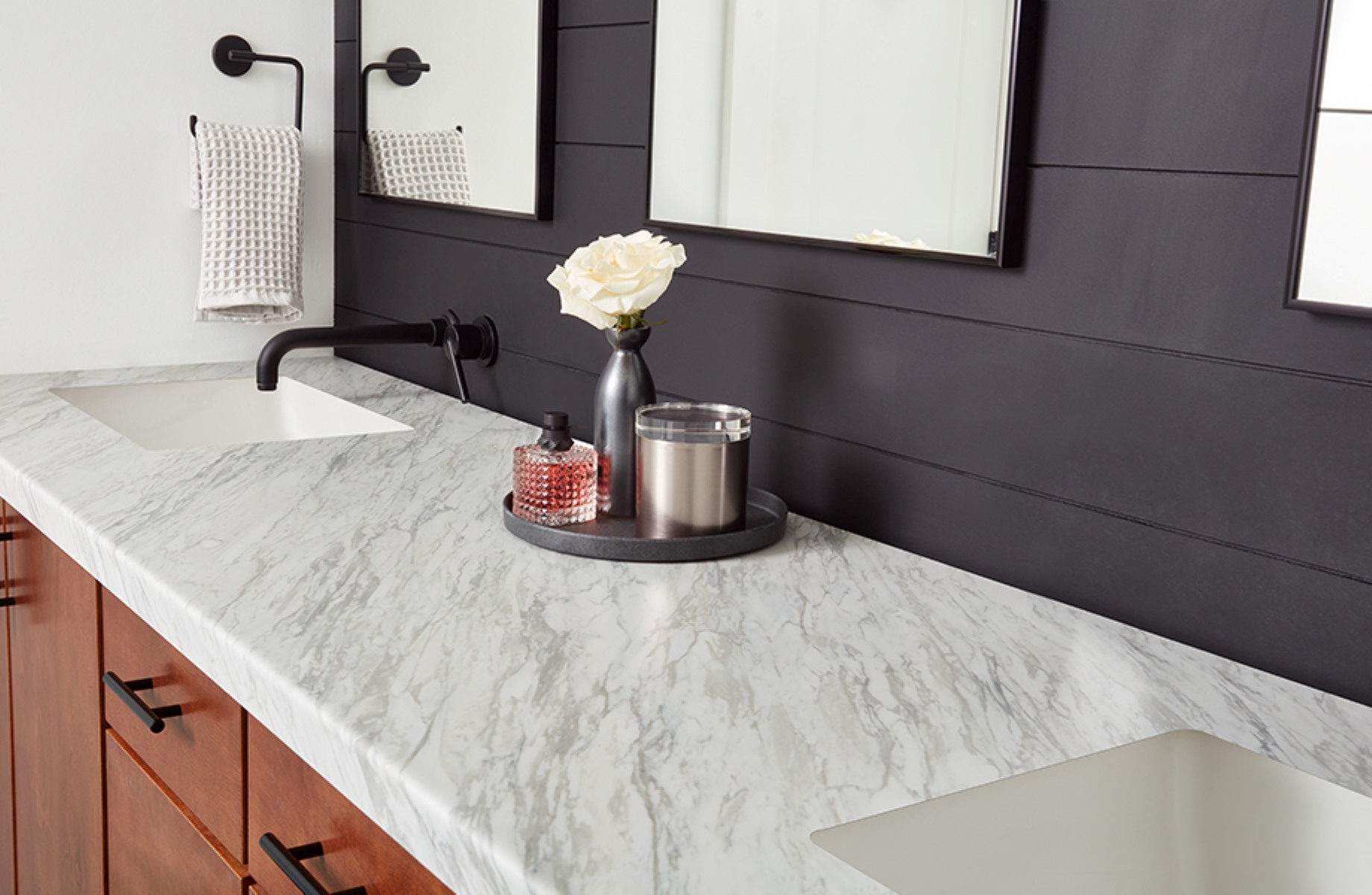
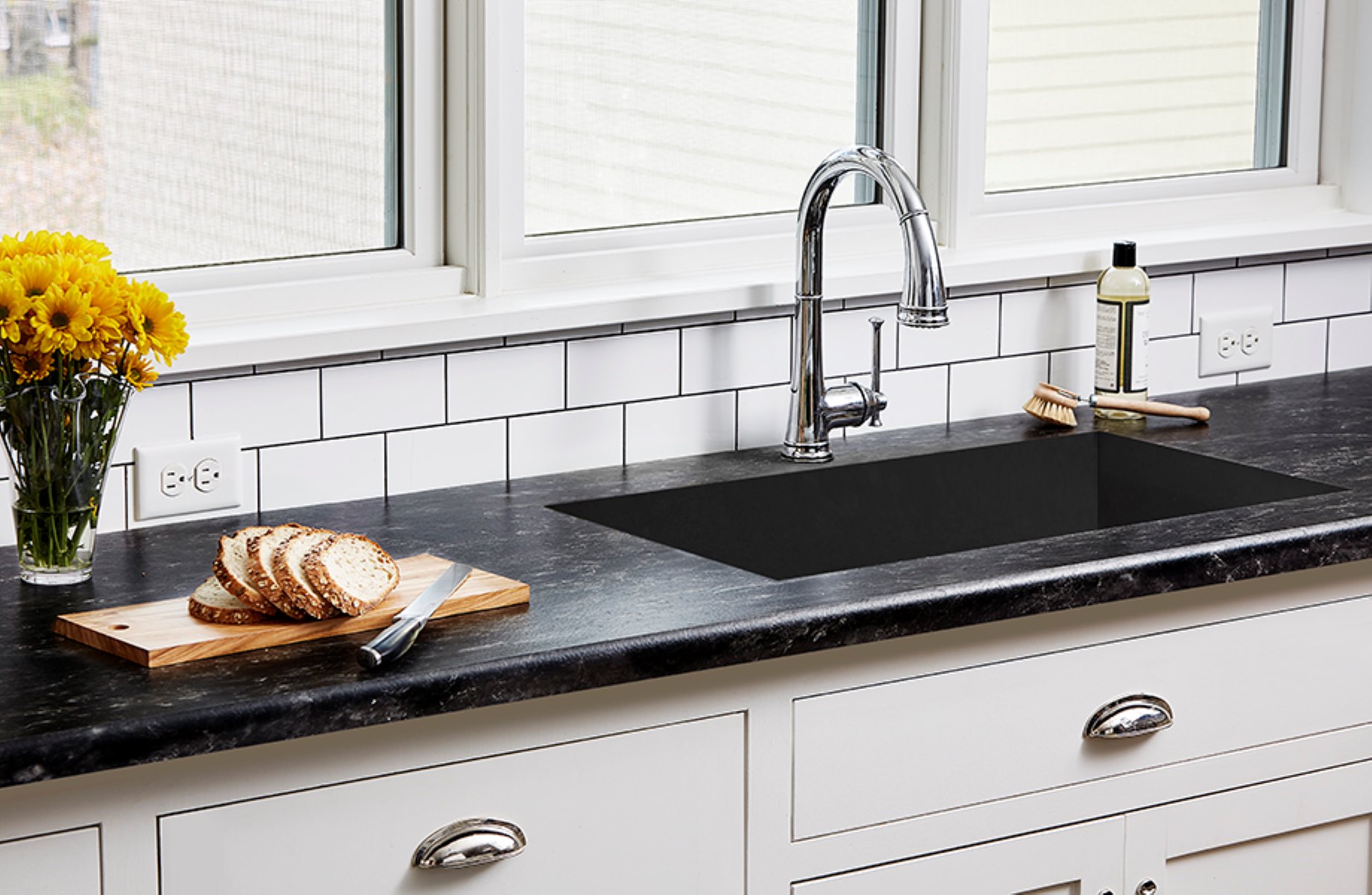
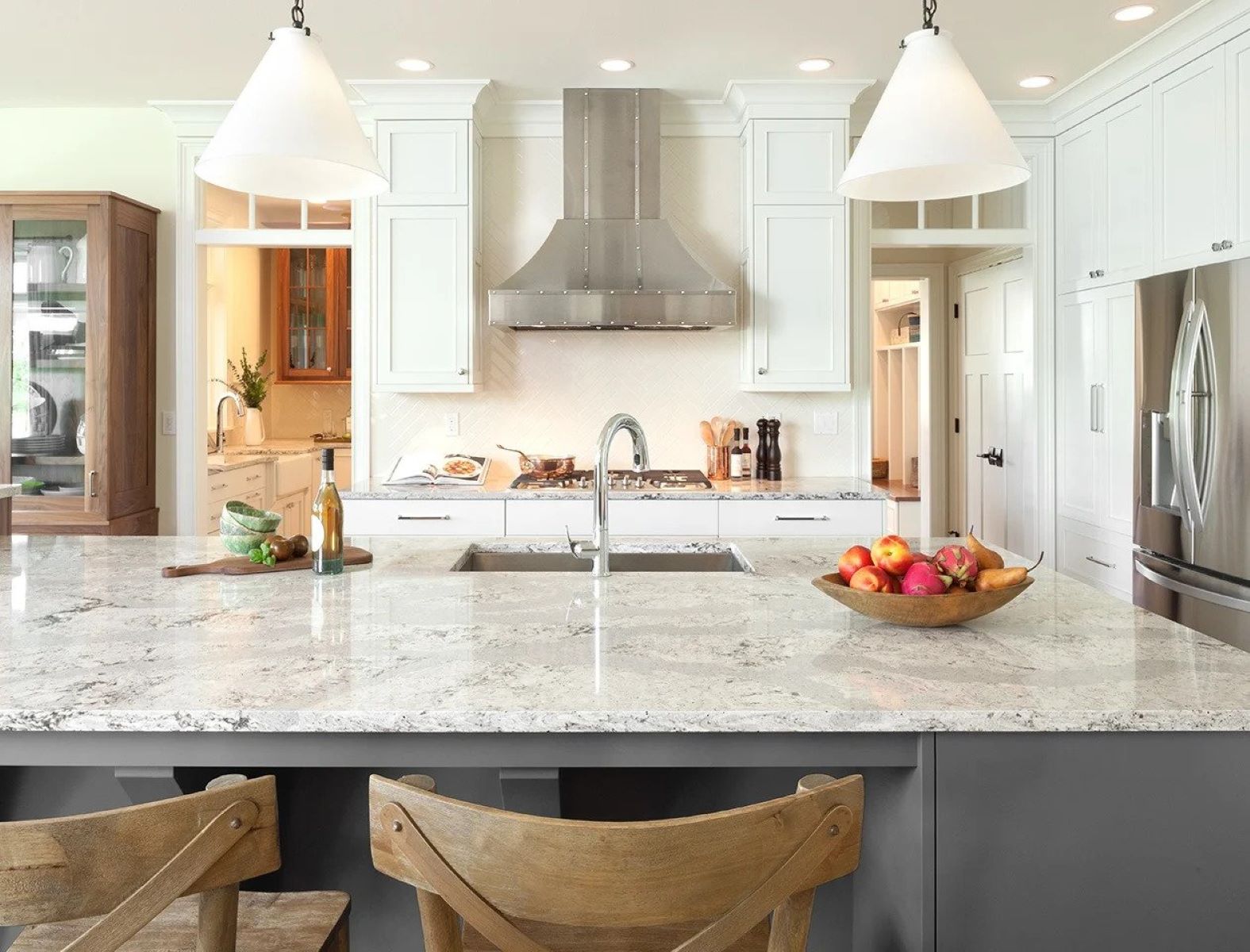
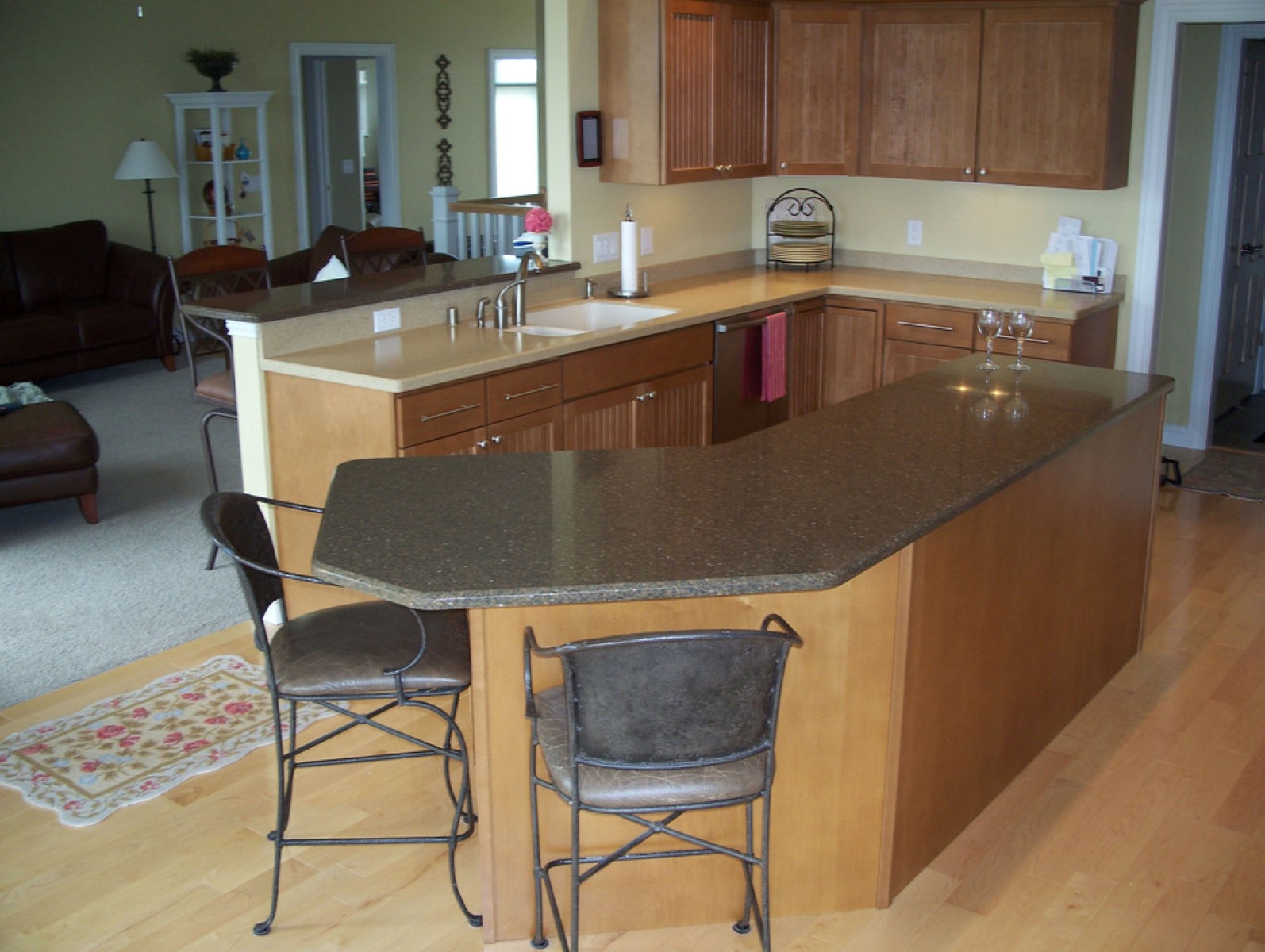

0 thoughts on “What Are Waterfall Countertops”